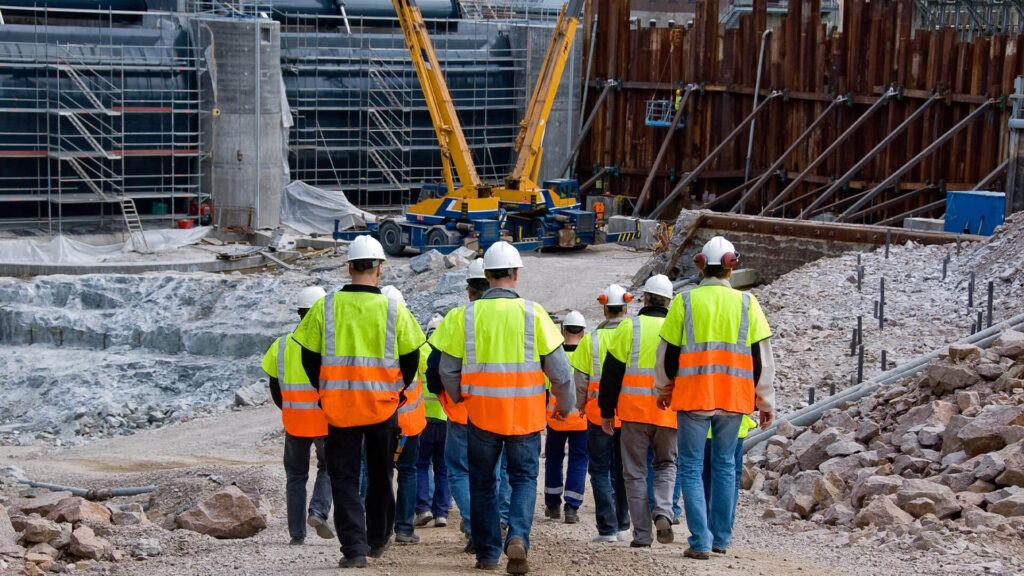Construction safety training has undergone significant transformation due to advancements in technology and evolving regulations, reflecting a broader shift towards enhancing worker protection and efficiency. Historically, safety training in construction was largely manual, relying on traditional methods such as classroom lectures and hands-on demonstrations. However, with the advent of new technologies, the landscape of safety training has become more dynamic and immersive. One of the most notable changes is the integration of virtual reality VR and augmented reality AR into training programs. VR simulations allow workers to experience hazardous scenarios in a controlled, virtual environment, providing a realistic yet safe way to learn how to handle emergencies and navigate dangerous situations. AR, on the other hand, overlays digital information onto the real world, which can be used to provide real-time safety instructions and hazard warnings on-site. These technologies not only enhance the learning experience but also improve retention and application of safety practices by immersing workers in realistic scenarios.

Additionally, advancements in wearable technology have contributed significantly to safety training and monitoring. Wearable devices, such as smart helmets and vests equipped with sensors, can track workers’ vital signs, detect falls, and monitor environmental conditions. This real-time data can be used to provide immediate feedback during training sessions and to ensure that safety protocols are being followed on-site. Wearables also help in identifying potential risks before they lead to accidents, thus fostering a proactive approach to safety. Regulatory changes have also played a crucial role in shaping modern safety training. Governments and industry bodies have introduced stricter safety standards and requirements, prompting construction companies to adopt more comprehensive training programs. For instance, regulations now often mandate the use of specific personal protective equipment PPE and require regular refresher courses on safety procedures. Training programs must adapt to these regulations by incorporating the latest safety standards and ensuring that all employees are up-to-date with current best practices.
The rise of digital platforms and e-learning has further transformed safety training by offering more flexible and accessible options and learn more. Online courses and mobile training apps allow workers to complete training modules at their own pace, reducing the need for lengthy in-person sessions and making it easier to update training materials in response to new regulations or emerging safety issues. This flexibility not only accommodates the varied schedules of construction workers but also helps in maintaining consistency in training delivery across different job sites. Furthermore, data analytics and artificial intelligence AI are emerging as valuable tools in the evolution of safety training. Data collected from various sources, including wearable devices and incident reports, can be analyzed to identify patterns and trends related to safety risks. AI algorithms can then be used to predict potential hazards and tailor training programs to address specific weaknesses. This data-driven approach ensures that training is more targeted and effective, ultimately leading to a safer work environment.